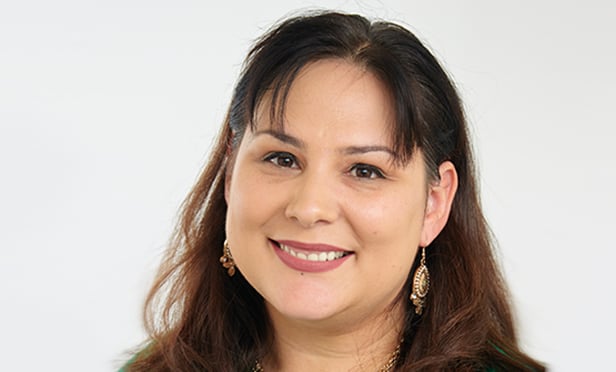 Nicole TK Moore, REPA
Nicole TK Moore, REPA
The Comprehensive Environmental Response, Compensation and Liability Act (CERCLA), also referred to as the Superfund law, was enacted in 1980 and, among other things, gave the federal government the ability to respond to releases or threatened releases of hazardous substances, and to pursue polluters (“responsible parties”) or potential polluters (“potentially responsible parties”) for the cleanup of contaminated sites.
CERCLA also created the responsibility to conduct “All Appropriate Inquiry” prior to a property transaction to qualify for exemption from CERCLA liability for cleanup costs. This essentially consists of environmental due diligence conducted prior to a property transaction to determine whether a property may have been contaminated by past or current activities, for a property stakeholder (for example, the prospective purchaser) to be exempt from liability for contamination that existed on a property prior to the property transaction.
The Environmental Protection Agency lays out and enforces the requirements for All Appropriate Inquiry and CERCLA liability. However, the industry standard for conducting and reporting environmental due diligence is the ASTM E1527 standard (the Standard Practice for Environmental Site Assessments: Phase 1 Environmental Site Assessment Process), which was designed by ASTM International specifically to meet the AAI requirements. First released in 1993, the standard has been revised in 1997, 2000, 2005, and most recently in 2013.
The current standard for the Phase 1 Environmental Site Assessment, ASTM E1527-13, is up for renewal. This has been a known likelihood over the course of 2018, as the committee has met on numerous occasions and suggested revisions have been put up for consideration. The deadline for finalizing a new standard is 2021, when the current standard sunsets, however the hope is to pass it by late 2019.
The ASTM committee has met several times throughout 2018 and has created volunteers for focus groups that take the 2013 standard into perspective and look for issues, feedback, new concerns, or revisions that take into consideration the need of the users (lenders) and the producers (consultants and environmental professionals). One of the central goals is to ensure compliance with the continuing desire of lending institutions to get more scope, more specificity, adhere to stricter guidelines and standardize the practice, thereby lowering variability. However, this must be balanced with an affordable scope of work for clients, as well as being able to account for special cases and expertise.
Some of the suggested revisions to the current ASTM E1527-13 standard reflect recognition of a changing commercial real estate landscape over the latter half of the decade, with emerging sectors, property types, and the due diligence needs that go with them. For example, industrial warehousing has become a market necessity as e-commerce has transformed into a retail cornerstone, particularly in urban landscapes. Last mile logistics and flexible warehousing (with extra high ceilings and refrigeration capabilities, for example) have resulted in a lot of conversions of old industrial buildings, or buildings previously used for a completely different sector. Other repurposing has focused on office and apartment buildings, particularly work-live and mixed-use spaces. Due diligence scopes with the new standard will reflect stakeholder needs for these evolving industry trends.
A few of the more significant potential changes include:
- Expanding the scope of historical research on properties. The current guidelines might miss a complex historical recognized environmental condition.
- Clarifying the scope of site visits
- Simplifying the management requirements (institutional or engineering controls) of controlled recognized environmental conditions which are determined to pose no risk to human health
Several other changes could include clarifications and additions to definitions. We’ll keep you posted as the new E1527 Standard shapes up and takes final form.

















 Copyright © 2024 ALM Global, LLC. All Rights Reserved.
Copyright © 2024 ALM Global, LLC. All Rights Reserved.